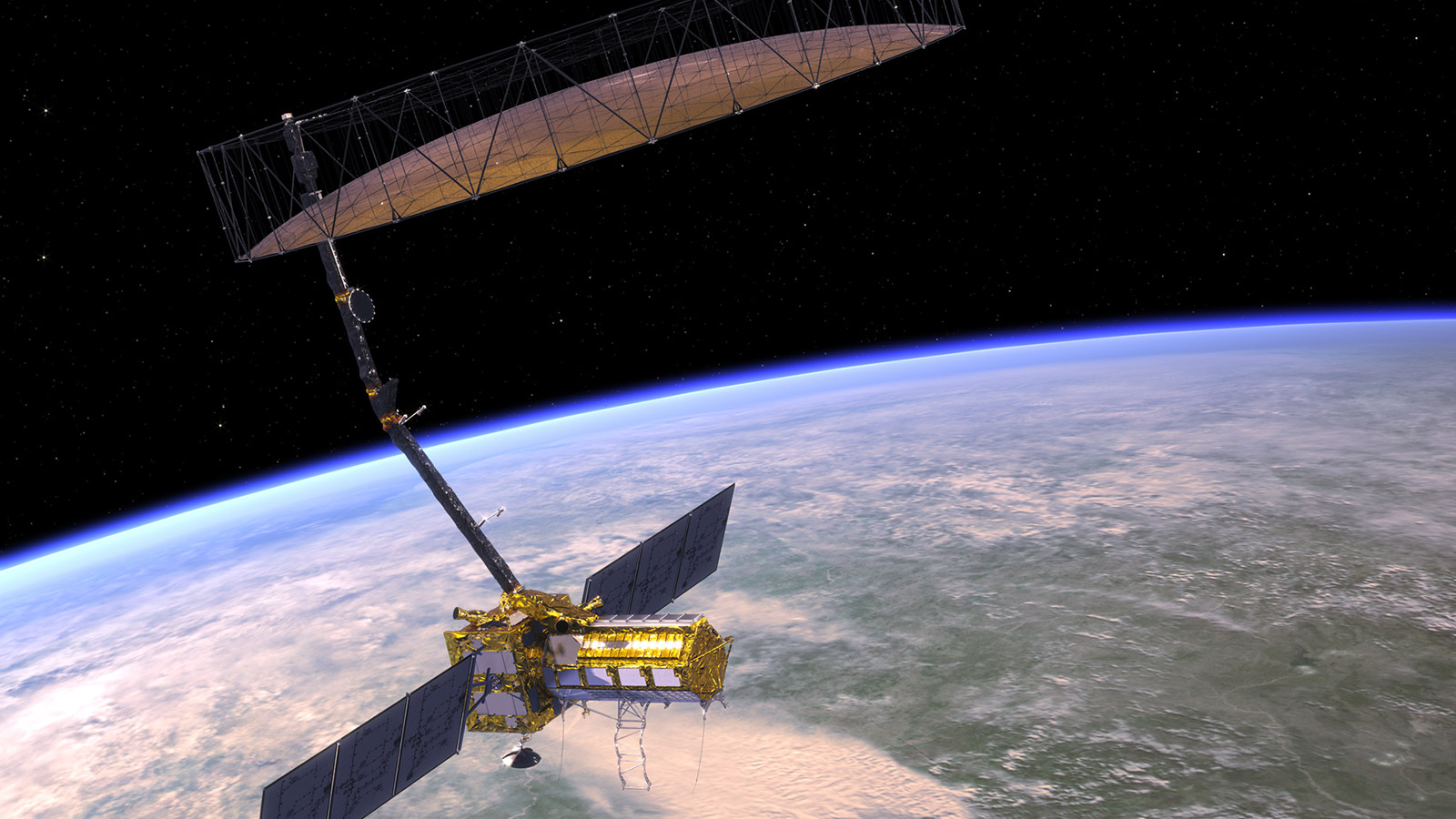
Once launched, NASA and ISRO’s NISAR will provide information on the Earth’s crust, ecosystem, and ice sheets. The satellite will help researchers better understand the causes and consequences of changes on the land surface.
What is NISAR?
NISAR or the NASA-ISRO Synthetic Aperture Radar is a collaboration between US and India following its 2014 agreement. The Earth-observation satellite is jointly developed by the National Aeronautics and Space Administration (NASA) and Indian Space Research Organisation (ISRO). (https://www.echelon.health/) The satellite was sent on February 3 from Southern California’s American space agency Jet Propulsion Laboratory (JPL). The SUV-sized satellite weighing 2,800 kilograms will be shipped to India later this month on a special cargo container flight. It is going to launch in 2024 from the Satish Dhawan Space Center in Sriharikota into the near-polar orbit. It is expected to operate for a minimum of three years.
“Today we come one step closer to fulfilling the immense scientific potential NASA and ISRO envisioned for NISAR when we joined forces more than eight years ago,” stated S Somanath, the chairman of ISRO. “This mission will be a powerful demonstration of the capability of radar as a science tool and help us study Earth’s dynamic land and ice surfaces in greater detail than ever before,” he added. Others to attend the program included JPL Director Laurie Leshin in addition to officials from ISRO and NASA.
More on the new satellite
NISAR is a dual-frequency imaging radar satellite containing both S-band and L-band synthetic aperture radar (SAR) instruments. NASA provided the L-band radar, a high-capacity solid-state recorder to store data, GPS, and the payload system. On the other hand, India is providing the S-band radar, spacecraft, and the GSLV launch system. Moreover, the satellite features a large 39-foot stationary antenna reflector, made of gold-plated mesh. According to NASA, it is used for focusing “the radar signals emitted and received by the upward-facing feed on the instrument structure”.
Once launched, NISAR will observe the subtle changes in the surface of our plant and help researchers better understand its causes and consequences. It is capable of spotting warning signs for natural disasters such as landslides, earthquakes, and volcanic eruptions. Additionally, the satellite will measure groundwater levels, track the flow of ice sheets and glaciers and monitor the forest and agricultural regions. On a whole, it is going to help us better understand our carbon exchange.
